The entire Vedic Literature has, broadly speaking, four different and distinct stages of development over a period of thousands of years since the very pre-historic times. The Aranyakas or the Forest Texts constitute the third important class of literary work. Despite constituting a landmark and rather a turning point in the remarkably philosophic thought of the entire Vedic literature, the Aranyakas have, somehow, attracted a little thought of the Vedic scholars/researchers. Whatever research had been undertaken in this branch of Vedic literature, it has, invariably, been perfunctory or at the most touched only on in significant aspect of the other wise, rich philosophic contents of the Hermit Texts. A significant feature of this book is that it undertakes a comprehensive analysis of the most intricate spiritual mysteries of the universe. Such deep-seated intricacies of philosophy have been extricated from a plethora of ritualistic moss and characteristically archaic language of the texts under study. The Supreme-Being who transcends the duality of subject and object cannot, ipso facto be a field of clear definition and demonstration, but inspite of such inherent limitations, the author has lucidly deciphered. His essential characteristics including his omniscien/omnipresence, identity between the universal and individual souls, permeation of the latter even up to the ends of the hair in the human body etc. even a cursory glance through the work reveals that these two principal Aranyakas are immensely rich in their metaphysical contents. The author has, rather boldly, brought out some of the then prevailing social superstitions like observing of odd omens, their ill-effects and pseudo-mysticism so much so that even the points of comparison and contrast between the two Aranyakas under study have also been meticulously, but briefly brought out. In short, the book presents a panoramic view of the Aryan culture including social conceptions in that hoary past.
Mysticism and Symbolism in Aitareya and Taittiriya Aranyakas
by B.D. Dhawan
$7.20
$8.00
In stock
Free & Quick Delivery Worldwide
All orders amounting to US$ 50 or more qualify for Free Delivery Worldwide. For orders less than US$ 50, we offer Standard Delivery at $14 per book.
ABOUT THE AUTHOR B.D. Dhawan
Dr. B.D. Dhawan (b. 1926), has been an officer of the Punjab Civil Service and retired from that in 1984 as Deputy Secretary to Government of Pubjab, Chanigarh (India). Before joining the service of the State Government, he had ecquired the degree of Master of Arts in Economics. He has a vast experience of various civil, revenue, executive and magisterial posts in different districts of undivied State of Punjab and also at the headquarter of the State Government. Despite such onerous administrative responsibilities, Dr. Dhawan's deep-seated lure to uniavel the mysteries of the Absolute-being induced him to the formal study of Sanskirt language which is a store house of metaphysical knowledge, Starting, abinitio, with the sutyd of this rich language, he passed M.A. in Sanskrit from the Pubjab University, Chandigarh in 1977 and acquired the degree of 'Doctor of Philosophy" in Vedic literature from the same of Alma Master in 1981. After attaining these high academic qualifications. Dr Dhawan did not rest on his oars. the present literary work on 'Mysticism and Symbolism in Altareya and Taittirlya Aranyakas' is the outcome of his post doctrorte academic pursuits. Besides, he has, so far, written as many as fourteen literary articles on Veic Subjects and Valmiki Ramayana. Seven of these have since been published in leading metaphysical journals emanating from the Internationally knwon Vishveshvaran and Vedic Research Insitute, Hoshiarpur (Punjab, India) and other piaces. In fact, Dr. Dhawan is an ardent follower of Rgvedic verse (Ma-Shramism 8.4.7.) 'that we may never feel tired'. Study of Vedic Philosphy is a life-long ambition with Dr. Dhawan and he is devotedly carrying on his research regarding propagation of knowledge of the single Godhead and realisation of the same in organised to yaur Veda.
reviews
0 in total
Review by Anonymous
Be the first to review “Mysticism and Symbolism in Aitareya and Taittiriya Aranyakas” Cancel reply
You must be logged in to post a review.
Bibliographic information
Title
Mysticism and Symbolism in Aitareya and Taittiriya Aranyakas
Author
Edition
1st ed.
Publisher
ISBN
8121200946
Length
xiv+218p., Tables; Notes; References; Appendix; Index; 23cm.
Subjects
more by B.D. Dhawan see more
similar bookssee more
Ayurveda: The Science of Living (Health and Vigour Forever)
A man wishing to be healthy ...
$18.00
$20.00

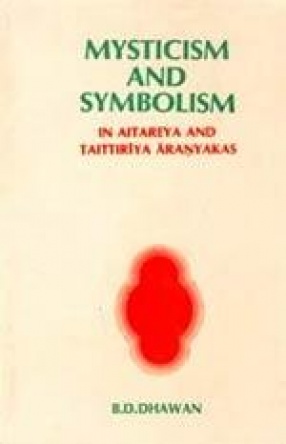
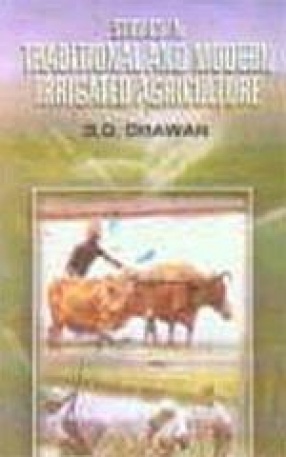
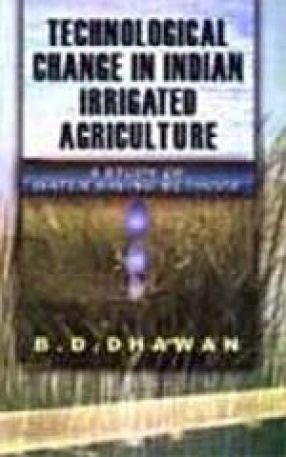

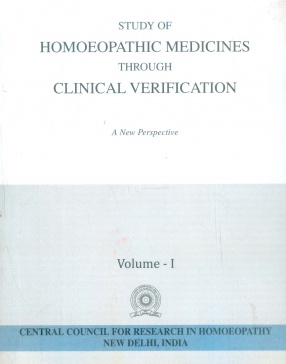
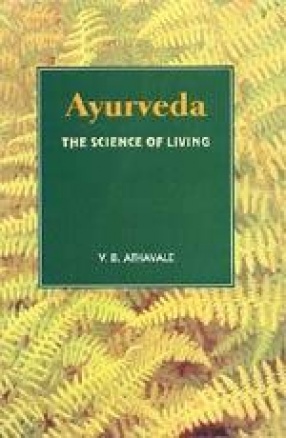

There are no reviews yet.